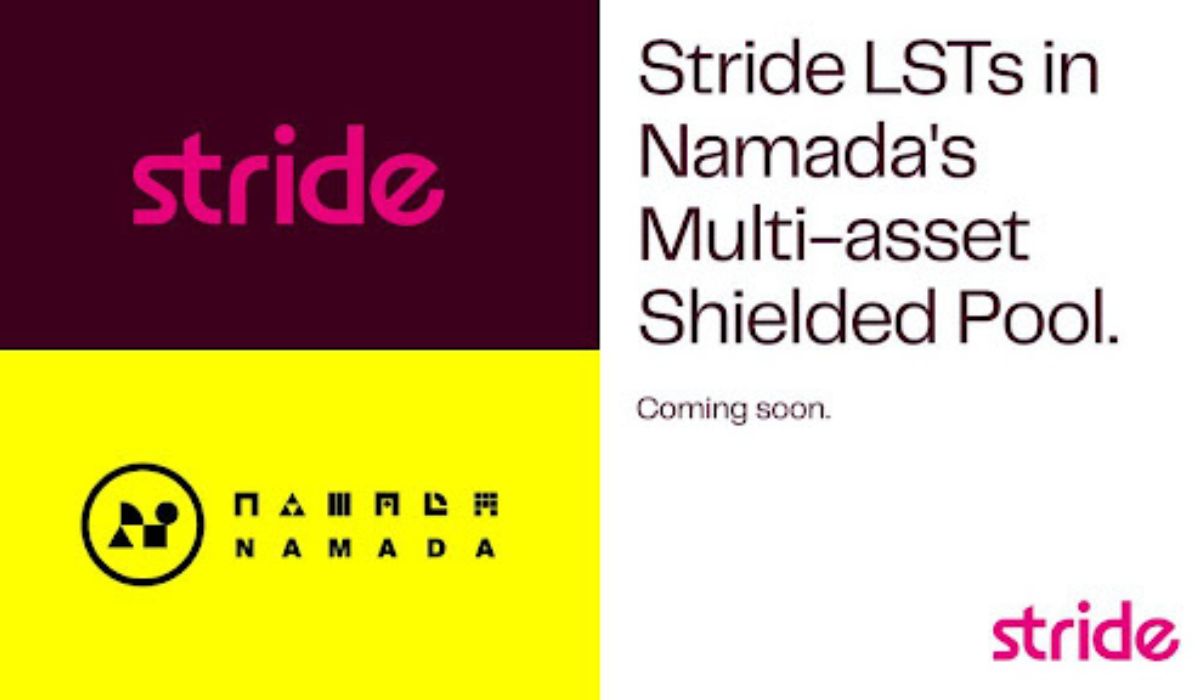
2024-6-5 20:02 |
Multichain compatibility in Web3 means that different blockchains can easily talk to each other and work together. This makes it possible to move assets and data between various platforms smoothly, creating a more connected and efficient digital world. Instead of each blockchain being its own isolated system, multichain compatibility helps build a larger, integrated network that offers better solutions.
Right now, multichain compatibility is still a work in progress. Many blockchains still operate independently, making it hard for users and developers to move assets or data between them. This fragmentation can be frustrating and limits the potential for cool new cross-chain apps. But, there are ongoing efforts to improve this with new technologies and protocols that enhance interoperability.
For users, this means a more seamless and efficient experience across different blockchains, allowing easy transfers and access to various services. For developers, it opens up opportunities to create versatile and powerful applications that combine the best features of multiple blockchains. This helps drive innovation and growth in the Web3 space.
The History of Crypto Bridges and Their Security IssuesCrypto bridges were developed to help different blockchains communicate, making it easier to transfer assets and data between them. Early versions were simple, but as blockchain technology grew, the need for more advanced bridges became clear.
Unfortunately, these early bridges had major security flaws. They were vulnerable to hacks, like the huge $600 million Poly Network hack in 2021. These breaches exposed weaknesses in the system, causing big financial losses and shaking user trust.
These security issues made people wary of using Web3 technologies, slowing down their adoption. To rebuild trust and keep Web3 growing, developers focused on making crypto bridges more secure and reliable.
The Role of Platforms like Prom in Strengthening Multichain CompatibilityProm is a platform in the Web3 world that makes different blockchains work better together and more securely. It helps improve how blockchains interact, which is important for the growth of Web3 technologies.
Prom verifies transactions across different blockchain networks, including those compatible with Ethereum, using advanced cryptographic proofs. This means transactions are secure and reliable, reducing the chances of fraud and unauthorized access.
Prom uses a technology called zkSNARKs to lower transaction costs and make the system more scalable. With support from Polygon, Prom’s zkEVM makes transactions faster and cheaper, which is great for developers building decentralized apps (dApps).
Prom also benefits from Ethereum’s strong security, ensuring that data is protected and user assets are safe. It works well with Ethereum Virtual Machine (EVM) environments, making it easier to use.
Prom offers secure and reliable transactions across different blockchains for users, with lower costs and faster processing times. This builds trust and improves the overall experience.
Prom helps different blockchains work together more securely and efficiently, providing a reliable and cost-effective solution for cross-chain interactions in the Web3 ecosystem.
Advancements in Bridge Security through ZK TechnologyZero-knowledge (ZK) technology is a big leap forward for security and privacy in the crypto world, especially for crypto bridges. It lets you prove something is true without giving away any other details. This is done using zero-knowledge proofs (ZKPs), which check data without actually showing the data.
For crypto bridges, ZK technology makes things a lot safer. It uses zk-SNARKs to validate transactions and interactions between different blockchains without revealing any private info. So, even if someone intercepts the data, they can’t see anything useful.
ZK technology also reduces the risk of hacks by getting rid of the need for centralized validators, which are often weak points in traditional bridges. Instead, it uses decentralized verification, making the system much more secure.
Plus, ZK technology keeps your transactions private. You can move assets between blockchains without anyone seeing the details, which protects your privacy and prevents potential security problems from exposed transaction patterns.
The Future of Multichain Compatibility in Web3The future of multichain compatibility in Web3 looks bright, thanks to new trends and technologies. One big trend is the growing use of protocols and standards that help different blockchains talk to each other. These are getting more advanced, allowing for more than just moving assets—they enable complex data interactions and smart contracts across various chains.
Technologies like zero-knowledge proofs and zkSNARKs are also making these processes more secure and efficient. As blockchain technology evolves, we might see a network of interconnected blockchains, much like the internet, offering a seamless experience for users.
But getting there isn’t simple. Making and maintaining protocols that securely connect different blockchains is tricky because each one has its own unique setup. Security is a major concern since any weakness in the interoperability layer could affect many networks.
Scalability is another challenge, as more cross-chain transactions could strain the current infrastructure, requiring constant upgrades and new solutions. Plus, getting different blockchain communities to agree on standards involves a lot of collaboration.
To tackle these challenges and make multichain compatibility a reality, everyone in the Web3 space needs to focus on interoperability solutions.
This means developing advanced technologies and encouraging collaboration among different blockchain projects. Developers, researchers, and industry leaders need to work together to create secure and scalable protocols that meet Web3’s diverse needs. Policymakers also need to set up frameworks that support these efforts while keeping networks secure.
In short, the future of multichain compatibility in Web3 is full of potential. But to make it happen, we need to solve the issues of complexity, security, scalability, and consensus. By investing in and prioritizing these solutions, we can build a stronger, more efficient Web3, driving the adoption and usefulness of blockchain technology.
Similar to Notcoin - Blum - Airdrops In 2024
Streamr DATAcoin (DATA) на Currencies.ru
|
|






